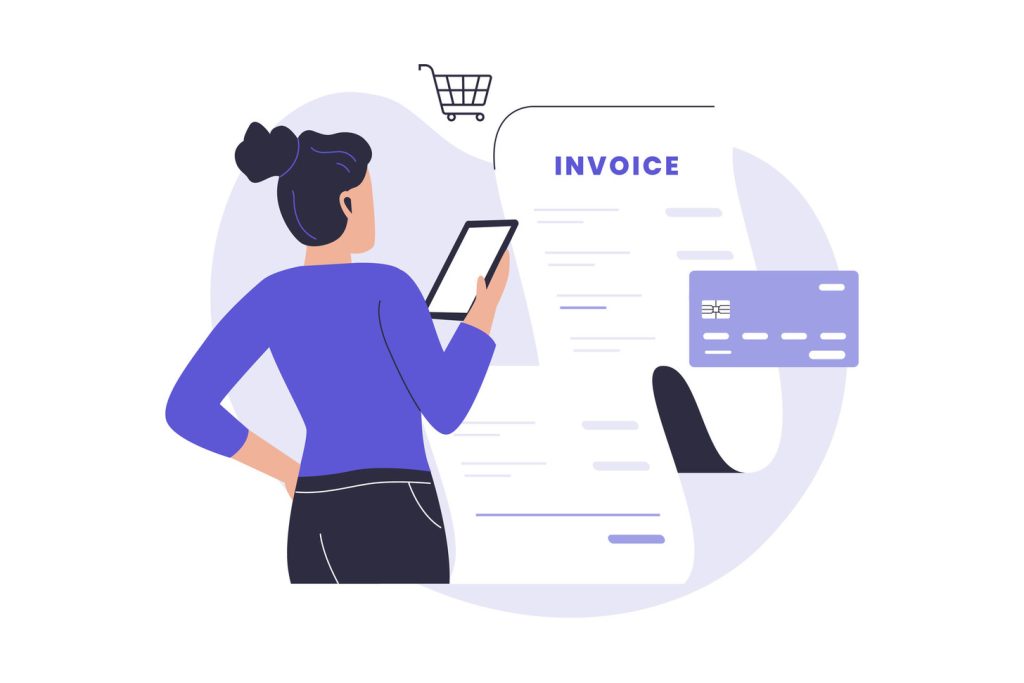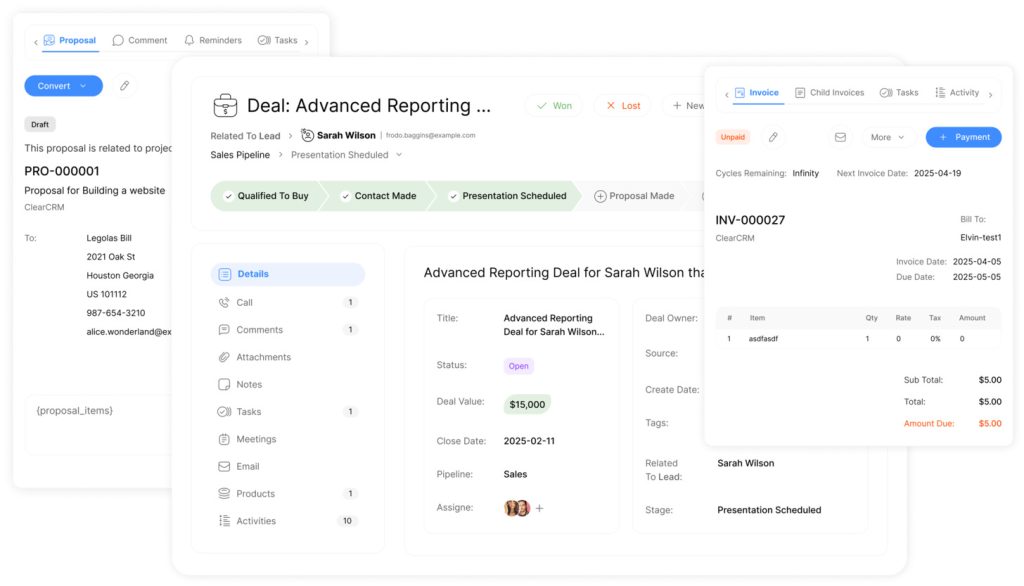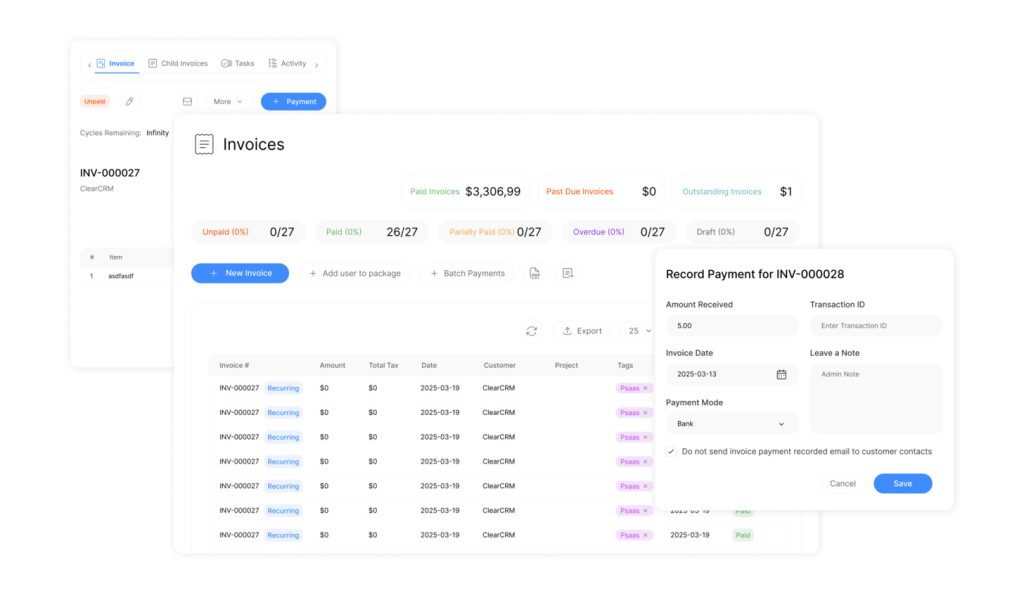Invoice Matching With Sales Orders: How-To Guide for Businesses

Aligning financial documents with procurement agreements isn’t just paperwork—it’s a strategic safeguard. Companies that prioritize verification between purchase records and supplier bills reduce payment risks by 60-80%, according to industry studies. This foundational practice acts as a financial checkpoint, ensuring every dollar spent reflects actual delivered value.
Effective document comparison prevents costly oversights like duplicate charges or unapproved fees. It also builds trust with vendors by creating transparent transaction histories. When teams standardize this workflow, they free up resources for growth-focused tasks instead of error correction.
Forward-thinking organizations treat payment verification as a competitive lever. Automated tools now enable real-time discrepancy alerts, cutting approval cycles by 40% while maintaining rigorous compliance. This shift transforms routine checks into actionable insights for budgeting and forecasting.
Key Takeaways
- Prevents payment errors and duplicate spending
- Creates audit-ready financial records
- Strengthens vendor partnerships through transparency
- Automation reduces processing time by 30-50%
- Provides data for smarter cash flow decisions
Understanding Invoice Matching With Sales Orders
At the core of financial integrity lies a critical verification process. This systematic approach compares supplier bills with procurement agreements to confirm transactional accuracy. Businesses use it to validate quantities, pricing, and delivery details before releasing funds.
What Is This Verification Process?
Often called purchase order alignment, this method cross-checks three elements: what was ordered, delivered, and billed. Teams examine numerical data and contractual terms to spot inconsistencies. Automated tools now flag discrepancies in real time, reducing manual review by up to 70%.
| Document Type | Created By | Primary Purpose |
|---|---|---|
| Purchase Order | Buyer | Legally binding order details |
| Supplier Bill | Vendor | Payment request with itemized charges |
| Receiving Report | Receiver | Confirms delivery completion |
Essential Financial Terminology
Purchase orders serve as binding contracts between buyers and suppliers. Supplier bills detail payment obligations, while accounts payable teams manage approval workflows. Proper alignment creates audit trails that satisfy 92% of compliance requirements.
Organizations using standardized verification protocols report 45% fewer payment disputes. These practices also accelerate month-end closures by maintaining clean financial records. Modern systems automatically archive approved documents for easy retrieval during audits.
The Fundamentals of the Invoice Matching Process

Modern businesses rely on structured workflows to maintain financial accuracy. These systems convert routine checks into strategic safeguards, combining human oversight with automated precision.
Submission Channels and Initial Review
Vendors deliver bills through multiple pathways: encrypted email, dedicated portals, or direct ERP integrations. Automated tools extract critical data like quantities and pricing, reducing manual entry errors by 78%.
Advanced systems flag incomplete submissions instantly. This step ensures teams only process complete records, accelerating downstream activities.
Handling Exceptions and Final Authorization
When mismatches occur, resolution protocols activate automatically. Teams categorize discrepancies by severity:
- Minor variances (under 2%) trigger instant alerts
- Major conflicts require vendor collaboration
- Systemic issues initiate contract reviews
Multi-tiered approval rules route documents based on risk levels. High-value transactions might need dual signatures, while routine payments auto-clear after verification.
| Workflow Stage | Key Tools | Time Savings |
|---|---|---|
| Data Capture | OCR Scanning | 55% faster |
| Variance Detection | AI Algorithms | 68% accuracy boost |
| Payment Execution | AP Automation | 42% cycle reduction |
Organizations using these structured processes report 63% fewer delayed payments. Real-time dashboards provide visibility into exception rates, helping teams refine their approaches continuously.
Exploring Two-Way, Three-Way, and Four-Way Matching
Transaction verification methods act as financial filters, separating valid obligations from potential errors. Businesses choose their approach based on risk levels, industry standards, and operational priorities.
Two-Way Matching Fundamentals and Benefits
This basic method compares supplier documents with purchase orders. It confirms pricing and quantities match agreed terms. “Speed matters in low-risk scenarios,” notes a procurement specialist survey. Use cases include:
- Repeat orders from trusted vendors
- Digital service subscriptions
- Small-ticket office supplies
When to Adopt Advanced Verification Methods
Three-way checks add receipt confirmation for physical goods. Manufacturing firms using this method report 58% fewer inventory mismatches. Four-way systems introduce quality checks through inspection reports – critical for:
| Method | Added Component | Industry Example |
|---|---|---|
| Three-Way | Delivery confirmation | Retail inventory |
| Four-Way | Quality certification | Pharmaceuticals |
High-value transactions often require four-way validation. Aerospace companies using this approach reduced defective part payments by 73% last year. Each tier balances speed with protection, letting organizations customize their financial safeguards.
Automating Invoice Matching for Enhanced Efficiency

Modern finance teams are replacing manual checks with intelligent tools that accelerate validation while minimizing errors. Over 73% of businesses now prioritize automation to eliminate repetitive tasks, according to recent AP workflow surveys. This shift transforms how organizations handle transactional approvals.
Unified Platforms for Seamless Operations
ERP integration creates a digital backbone connecting procurement, logistics, and finance teams. When systems share real-time data, discrepancies surface instantly. Key advantages include:
- 40% faster approval cycles through automatic cross-checks
- Centralized audit trails meeting compliance standards
- Reduced manual entry errors by 68%
Smart Tools for Precision Validation
Advanced technology extracts critical details from paper and digital formats. OCR converts scanned documents into searchable data, while AI models learn from historical patterns. A manufacturing CFO reports: “Our exception rates dropped 55% after implementing machine learning rules.”
| Tool | Function | Impact |
|---|---|---|
| OCR Scanning | Data extraction | 80% faster processing |
| AI Algorithms | Variance detection | 92% accuracy rate |
| RPA Bots | Workflow execution | 50% labor reduction |
Automated workflows now resolve minor variances under 2% without human intervention. Teams focus on strategic vendor negotiations rather than chasing paperwork. This evolution turns transactional processing into a competitive asset. By leveraging data analytics, organizations can predict demand trends and optimize inventory levels, further enhancing efficiency. Additionally, teams can now dedicate more time to mastering sales pipeline management, aligning their efforts with overall business goals. This shift not only fosters innovation but also strengthens relationships with key partners in the supply chain.
Leveraging Technology to Boost Accuracy and Control

Financial operations achieve new precision through intelligent systems. These tools transform how teams handle transactional data, applying smart rules to maintain oversight without sacrificing speed. Over 68% of enterprises now use customizable thresholds to balance efficiency with rigorous checks.
Setting Tolerance Thresholds and Exception Handling
Modern platforms let organizations define acceptable variance ranges for price or quantity differences. Transactions within these limits auto-approve, while exceptions trigger targeted workflows. A logistics manager notes: “Our 1.5% price tolerance eliminated 300 manual reviews monthly.”
| Discrepancy Type | Auto-Approve Threshold | Escalation Path |
|---|---|---|
| Unit Price Variance | ≤2% | Team Lead Review |
| Quantity Difference | ≤5 Units | Warehouse Verification |
| Tax Calculation | Exact Match | Finance Director |
Automated routing slashes resolution times by 55%. High-risk exceptions reach senior staff, while routine issues follow predefined correction paths. This layered approach maintains control without bottlenecking operations.
Streamlining Vendor Relationships with Automation Tools
Supplier portals reduce errors at the source through standardized data submission. Real-time validation checks catch 83% of formatting issues before submission. Shared dashboards keep both parties aligned on performance metrics and payment timelines. Additionally, these portals enhance communication by providing suppliers with easy access to important documents and requirements. As a result, both suppliers and managers can focus on building stronger relationships and improving product quality. Leveraging the best CRM tools for sales managers can further streamline these processes, enabling more effective tracking of supplier interactions and performance.
| Feature | Supplier Benefit | Buyer Advantage |
|---|---|---|
| Digital Checklists | Clear submission guidelines | 75% fewer data errors |
| Auto-Correct Suggestions | Faster document acceptance | 40% less rework |
| Collaboration Channels | Instant issue resolution | Stronger partnerships |
These technology solutions create mutual accountability. Suppliers gain visibility into approval stages, while buyers access historical performance data during contract renewals. The result: 62% faster dispute resolution and stronger commercial relationships.
Best Practices for a Seamless Matching Process
Scattered records create friction in transactional workflows. Organizations using unified platforms reduce reconciliation errors by 67% compared to those with fragmented systems. Centralization eliminates the need to hunt through emails, shared drives, and legacy databases during critical checks.
Building a Single Source of Truth
Cloud-based repositories give teams instant access to approved documents and version histories. “Duplicate record searches dropped 82% after consolidation,” reports a retail chain’s AP director. Key steps include:
- Migrating legacy files to secure digital vaults
- Implementing role-based access controls
- Enforcing standardized naming conventions
Master data accuracy prevents cascading errors. Regular audits of vendor profiles and product codes ensure alignment across departments. Companies updating records quarterly experience 54% fewer payment delays.
| Centralized System Benefit | Impact on Operations | Risk Reduction |
|---|---|---|
| Real-time updates | 83% faster approvals | 72% fewer mismatches |
| Automated validation | 45% less manual work | 91% tax compliance |
Validation protocols act as gatekeepers for incoming data. Automated checks verify tax IDs, pricing terms, and delivery addresses before processing. This frontline defense catches 78% of common errors during submission.
Conclusion
Robust financial verification systems transform routine checks into strategic advantages. Organizations that optimize these systems achieve operational scalability while maintaining rigorous oversight of transactional accuracy. By prioritizing precision in payment workflows, businesses unlock measurable gains in cash flow and compliance readiness.
Automated tools reduce processing bottlenecks by resolving minor discrepancies autonomously. This shift allows teams to focus on vendor negotiations and data-driven forecasting rather than manual corrections. Companies report 65% faster closure cycles when combining smart thresholds with centralized record-keeping.
Enhanced transparency strengthens supplier partnerships through consistent payment timelines and error resolution. Financial leaders gain real-time visibility into exception patterns, enabling proactive process improvements. These practices position organizations to capitalize on early payment incentives and market opportunities.
Forward-thinking businesses treat payment verification as a growth catalyst rather than a compliance chore. Streamlined workflows create audit-ready documentation while freeing resources for innovation. The result: sustainable financial health and trust across commercial relationships that drive long-term success.

